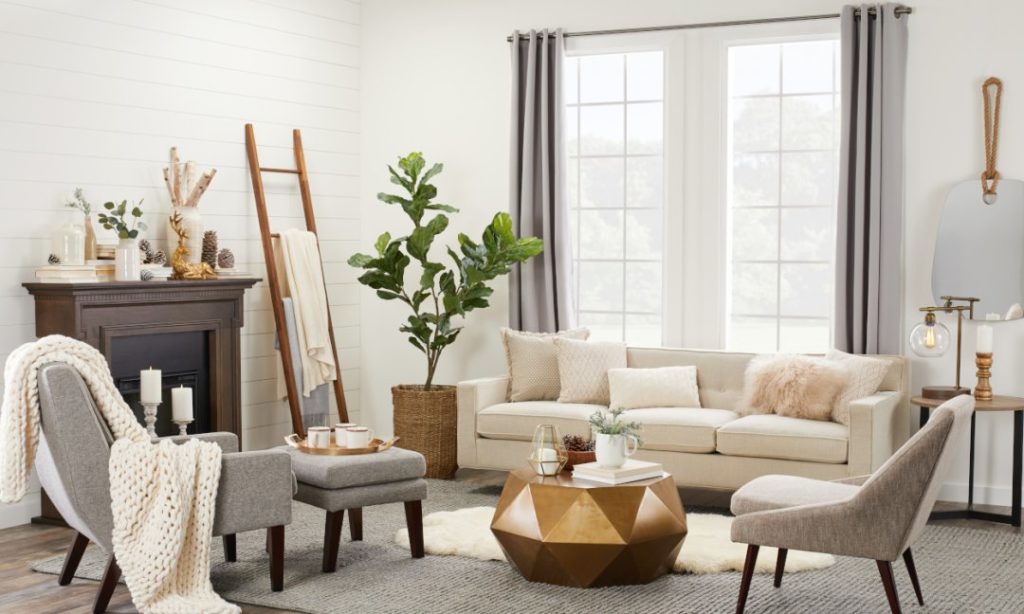Technology, screens and devices are ubiquitous. They are everywhere. There is just no escaping their presence. Last week I was listening to James Clear, author of atomic Habits on one of Brenee Browns’ podcasts and he talked about a concept known as environment design. Basically it is the idea that the way in which you organize your environment can bring you a step closer towards your goals or propel you away from them. He gave the example of TVs in our homes. If you think about it, well at least for me, growing up, I remember we would place the couches in the living room with the TV in mind. Heck actually even up until today, the TV is the central theme of our living room. I remember growing up as we placed the couches we would distinctly say, ” Oh this person sitting here will strain their neck to see the TV, we need to change the angle of this couch.” We never considered things such as, how can we optimize this space so that we maximize human interaction? how can we face the seats so we can talk and engage more in conversation? How can this table serve being at the center so we can have a joint place to play board games? nope. TV first, conversation later. the human brain loves to make associations. It categorizes things so its easier to classify and hence quickly make meaning. So this idea of the TV as the center of the living room is in essence telling the brain – this primary role of this space is to watch TV, engage with digital media of some sort.
The idea of environmental design is huge in thinking about digital wellness because technology and screens are here to stay. If we allow them to invade our every space oh you best believe they will have no qualms about it.. So we have to in essence make it “hard to interact’ with aspects of media / digital devices that rope us down rabbit holes of time consumption and energy drain. One thing that has helped me over the last couple of months has been deleting my Gmail app from my phone home screen. I used to find myself compulsively checking my email on my phone round the clock. And the thing with emails is this urgent need to reply them immediately; yet if we learn to practice mentally organizing emails into 3 main categories – the urgent, delay and discard pile – we would save so much mental bandwidth. Because whether we believe it or not, as soon as we get an email, we summon up our mental faculties to start “dealing with it.” This could be from as simple as a quick no answer to as large a project that needs our input; the wheels in our brain automatically begin turning like okay what do I need to do to solve this problem. The idea that I would have to download the Gmail app each time I needed to check an email makes me pause and ask is this really necessary or can I wait until I get to to my actual laptop / PC. Environment design.
Set up your home, your office, your kids rooms in ways that do not make technology the central theme in the room, on your desktop or even your phone home page. This will shift the focus to more human interaction and engagement. There is a Danish concept known as “Hygge” and it is a sense of coziness & connection created by being in a warm atmosphere. Some of the words associated with Hygee are lighting, neutral tones, warm blankets, fuzzy socks, contentment and connection, coziness, warm smells, soft music. I love thus Nordic way of creating these spaces that are warm and inviting. That bring people in as opposed to sending each into their own digital vortexes

